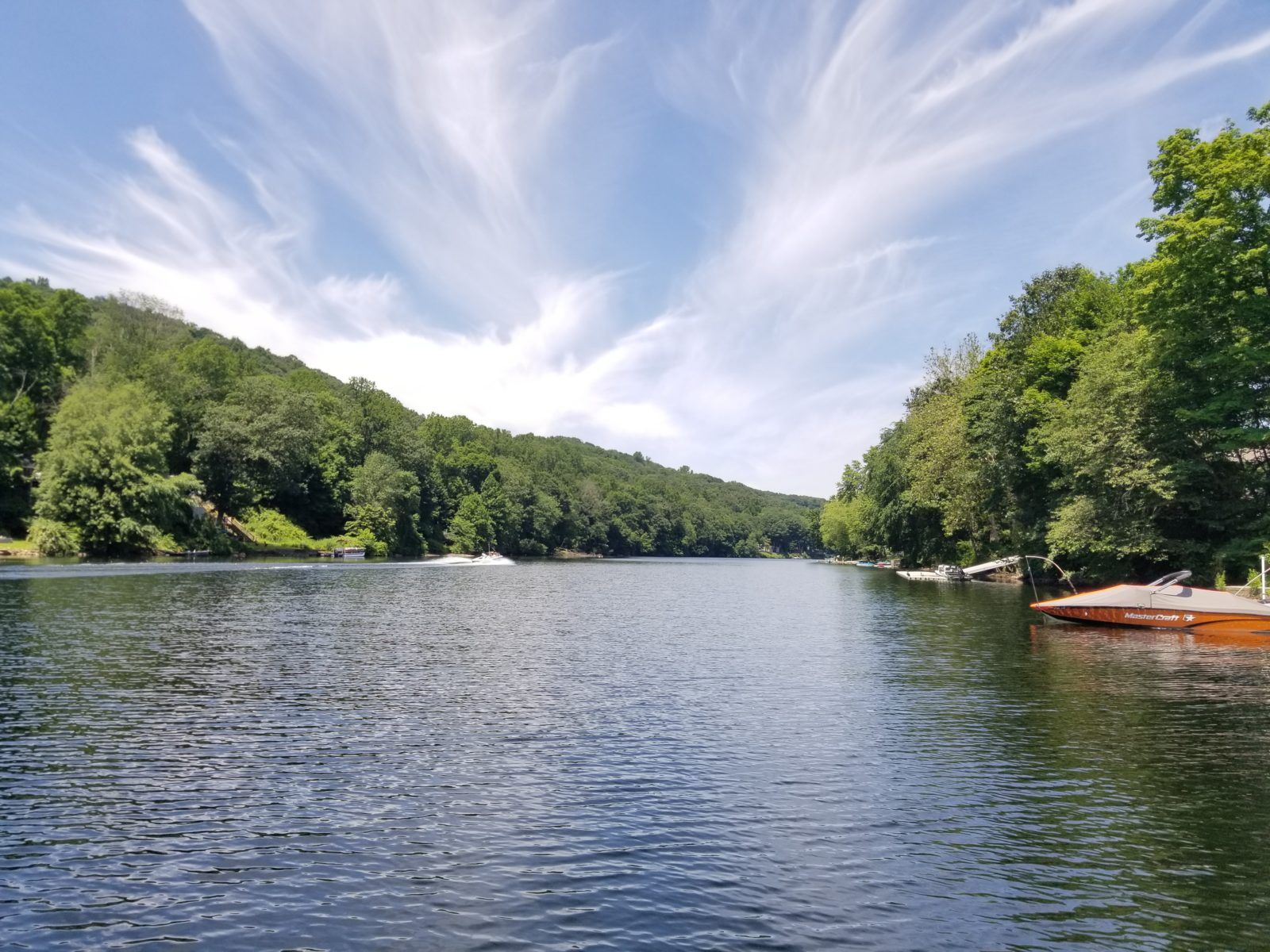Bio-Dredging: Dredging With Bacteria?
March 6th, 2013
By Industry Expert Shannon Junior, Aquatic Ecologist
Nitrosomonas
 I want to start by saying that I really don’t like the term “Bio-Dredging”. I think it’s a little confusing, and can mislead people into thinking they’re getting something they’re not. But the term, short for Biological Dredging, has become the industry standard to describe the process of reducing organic sediments with large amounts of beneficial bacteria.
I want to start by saying that I really don’t like the term “Bio-Dredging”. I think it’s a little confusing, and can mislead people into thinking they’re getting something they’re not. But the term, short for Biological Dredging, has become the industry standard to describe the process of reducing organic sediments with large amounts of beneficial bacteria.
Beneficial bacteria occur naturally in ponds and lakes, and are the microbes responsible for processing dead organic material (i.e., decaying plant and animal matter). There are many different types of these bacteria, which work in different ways to break down organic compounds. Some of the bacteria produce enzymes that allow them to break down organic compounds and take them into their cells as nutrients. Many bacteria also perform denitrification, transforming nitrate into nitrogen gas and removing it from the pond system. They can also convert soluble phosphorus from the water column into insoluble minerals that are not available to most types of pond algae.
Biochemists have found ways to culture beneficial bacteria so that they can be added to ponds and lakes to accelerate the decomposition process and to remove nutrients from the aquatic system. This process is referred to as Biological Dredging. Initially, a large inoculation dose is added to get the bacterial population established, and then maintenance doses are applied to ensure that the bacteria continue to thrive. Some of the bacteria go down to the sediments in the benthic and littoral zones where they break down excess organic matter. Some of the bacteria remain in the water column, where they process dead phytoplankton and soluble nutrients.
Biological dredging can be a non-invasive and less expensive alternative to conventional dredging for the removal of large amounts of organic sediment. However, it does not address the build-up of inorganic soil particles, which may be the primary cause of sediment loading and depth reduction in many ponds and lakes. If a pond has been impacted by sedimentation from construction or agricultural activities, then Bio-Dredging may not be a viable solution. These types of sediments can only be removed from the pond by utilizing mechanical dredging equipment. However, in older ponds with a thick layer of dark organic “muck”, Bio-Dredging can be very effective in reducing the overall sediment depth.
It is also important to note that not all beneficial bacteria products are geared towards muck digestion. There are many different types and formulations of beneficial bacteria. We use bacteria products in our Annual Maintenance programs for algae control, organic waste degradation and general water quality improvement. Since the bacteria convert nutrients into unavailable forms, they can shift the nitrogen to phosphorus ratio in a pond so that the beneficial planktonic green algae that form the base of the food web will dominate over nuisance species of filamentous and blue-green algae (cyanobacteria). This type of bacterial water quality augmentation is not true Bio-Dredging. It is only when the bacteria are supplemented with a formulation that contains enzymes specifically geared towards digesting the organic matter that builds up on the pond bottom that it qualifies as Bio-Dredging. The enzymes are targeted to break down specific compounds, such as the cellulose found in leaves and sticks that accumulate in the pond.
Although Bio-Dredging does not address the build-up of inorganic soil particles in a pond, it can greatly increase pond depths and decrease the amount of organic bottom sludge, while also improving the overall water quality and appearance of a pond or lake.
Contact the experts at 888-480-5253 for all of your lake, pond and fisheries management needs.
Shannon Junior is Aquatic Ecologist with SOLitude Lake Management. Since 1998, SOLitude Lake Management has been committed to providing full service lake and pond management services that improve water quality, preserve natural resources, and reduce our environmental footprint. Services are available throughout the Eastern United States. Fisheries management consulting and aquatic products are available nationwide. Learn more about SOLitude Lake Management and purchase products at www.solitudelakemanagement.com.










